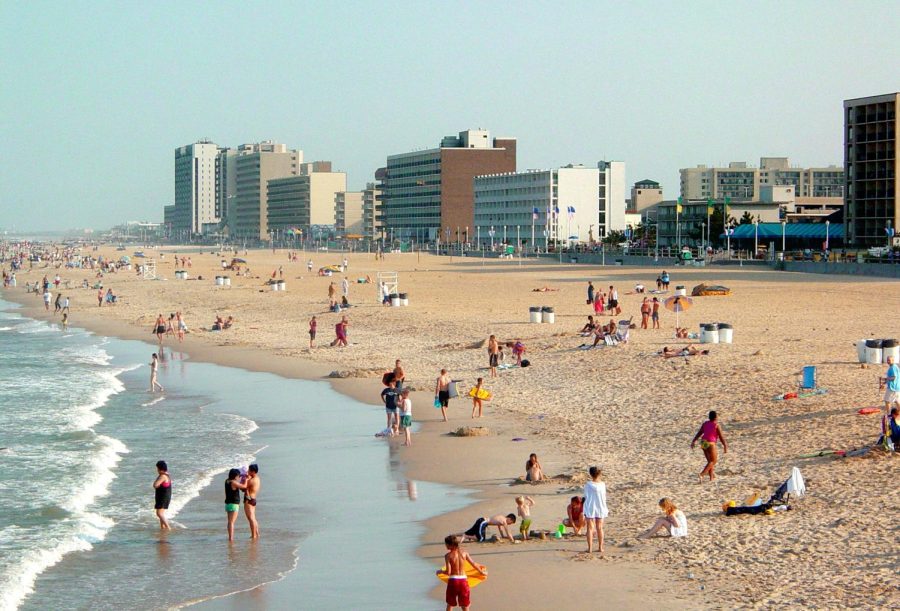Bacteria Levels are Rising in these LA County Beaches
September 28, 2022
Recently, the Santa Monica Pier, Mother’s Beach in Marina del Rey, inner Cabrillo Beach in San Pedro, and Topanga Canyon Beach in Malibu harbor hazardous bacteria. It is advised to not swim within these beaches harboring potential threats to the body causing infections. Beaches will become safer once bacterial levels lower.
“These warnings have been issued due to bacterial levels exceeding health standards when last tested,” stated the Los Angeles County Department of Public Health.
The general public is advised to avoid swimming in these waters until bacteria levels decrease. In fact, the Santa Monica Pier harbors the highest amount of bacteria. The beach received a grading of F on Heal the Bay’s annual beach ‘report card.’ Other portions of Mother’s Beach also received an F grade. On the other hand, conditions within the inner Cabrillo Beach and Topanga Canyon Beach remain with a rating of B.
Although the initial cause is unknown, generally, health officials predict that a combination
of factors caused the change recently, including an increase in beachgoers or birds. Items left behind by beachgoers may consist of trash such as cigarette butts, soda cans, or bottles which lead to the rise of bacteria levels. Bacteria levels fluctuate with ocean debris such as fresh seaweed.
On a broader perspective, ocean pollution is experienced throughout Earth. Despite pollution existing as an ongoing problem since the 1960s, pollution has grown throughout the years. As of now, there are at least 269,000 tons of plastic worldwide. Over a span of 6 years, there was an increase of 27,00o tons of plastic.
As a whole, the growth of ocean pollution will lead to short and long term problems. With plastic alone, marine life must deal with physical entanglement, ingestion, and starvation. The debris from land may also harbor pesticides which endanger sea life. The buildup of PCBs and DDT (polychlorinated biphenyl and dichlorodiphenyl-trichloroethane), plastics that have been banned for more than 30 years ago that have still contaminated our Earth, carry a toxic pollutant chemically flowing through ocean waters that may cause further illness. Economically, damage to fisheries, shipping, and tourism will be visible in the near future.
“If we don’t act, plastics will outweigh fish in our oceans by 2050,” stated Federal Environment Minister Catherine McKenna.
For the future of our beaches, beachgoers will face a number of problems. As our ocean undergoes greater effects of ocean pollution, it may be dangerous for many to swim, surf, and play in these beach waters. Hazardous bacteria and pesticides from pollution will lead to future health problems; short-term causes may consist of stomach aches, nausea, vomiting, headache, or fever. Through comprehensive research, public health officials predict areas containing higher levels of bacteria are more likely to cause consequential illnesses. Infections located in the ear, eye or throat may occur due to germ contamination of the organ.
In the near future, beaches may evolve into a consequential threat that must not be taken lightly. Thus, families and friends are advised to follow beach warnings and avoid swimming in beaches with high bacteria levels.
Photo courtesy of WIKIMEDIA COMMONS

